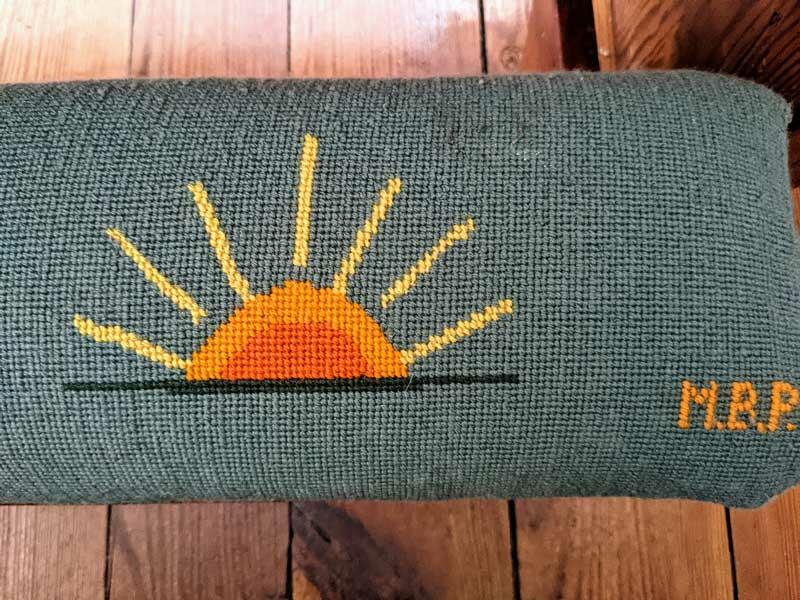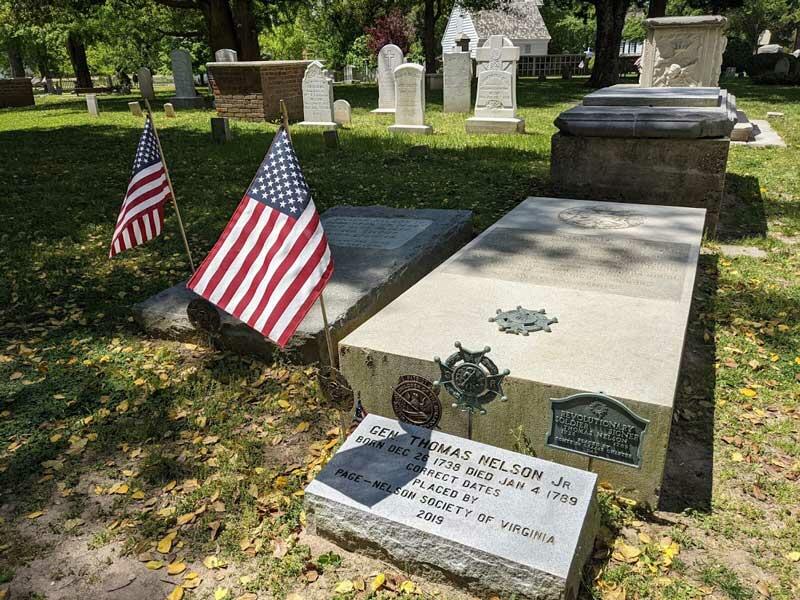- Home
- //
- Who We Are
- //
- History
History
Grace Church’s history is a scrappy, tenacious one, intertwined with the history of the United States and Yorktown, from pre-Revolutionary days. First founded in 1634 on the site of the current U.S. Coast Guard Yorktown station, the church has been nestled in the heart of the historic Village of Yorktown since 1697.
Grace Church has survived the perils of the frontier, fires and two wars over its 400-year history. It’s one of just 50 colonial Virginia churches to survive among the roughly 250 Anglican churches built in the Colonial period.
The Ports Act of 1691 established the Town of York and provided a plat designated for what would be known as Grace Church. Its foundation and walls were built of slabs of marl – ancient clay and shells – cut from the nearby riverbank.
After the Revolution, the Disestablishment Act compelled the sale of Episcopal Church properties in Virginia, causing the churches to become impoverished. An accidental fire at a village tavern in March 1814 ripped through the town, destroying the church and much of what had become a bustling port city. The church lay in ruins until its reconstruction in 1848, when just the original portion was rebuilt within its standing walls. The fire’s intense heat had hardened the marl to allow reuse, but a stucco overcoat would be used to hide the damage. Today you can see the layers in an “excavated” portion of the church adjacent to the walkway between the building and cemetery.
The bell in the steeple was cast in 1725 and was carried off during the Civil War Its fragments were later recovered in Philadelphia, where it was recast in its original form out of the same metal and restored to duty in 1889. The church’s old Communion silver was presented to Hampton Parish in 1649 and is one of the oldest services in use in an American church. Hampton and York parishes merged in 1706.
The kneelers’ needlework was inspired by the National Cathedral. A group of Grace Church women met on Tuesday afternoons, eventually creating 36 kneelers by August 1976.
Within the quiet cemetery, in use as early as 1701, you will find the tombs of General Thomas Nelson Jr., signer of the Declaration of Independence, and of Colonel George Read and his wife. Read was a direct descendant of Edward II and ancestor of George Washington, Robert E. Lee and Elizabeth I of Great Britain.
You can learn lots more about our historic church and cemetery, its grounds and the parish’s longtime commitment to creative expression by visiting the nonprofit Grace Historical Church Preservation Foundation.
The Foundation was established in 2006 as an independent 501(c)(3) in order to collect funds for the maintenance and preservation of the historic church building. Rebuilt upon the original 1697 marl walls, the church has witnessed over 300 years of our country’s history, from the earliest settlements of our nation, through fire and two wars, to its present role serving an active Episcopal congregation. It is listed on the National Register of Historic Places as a National Historic Landmark.
Click here to contact the Grace Historical Church Preservation Foundation.
Historic Yorktown
Yorktown is a quaint, bustling village nestled on the York River and adjacent to the Colonial National Historical Park, which encompasses both Yorktown on the east side of the Virginia Peninsula and Jamestown on the west side along the coast of the James River. The two ends of the park are connected by the Colonial Parkway, a 23-mile scenic roadway stretching between Yorktown at the York River and Jamestown at the James River.
Learn more about the local events in Yorktown by checking out the county’s Visit Yorktown website. For what’s happening in the national park, go to the Colonial National Historical Park website.



